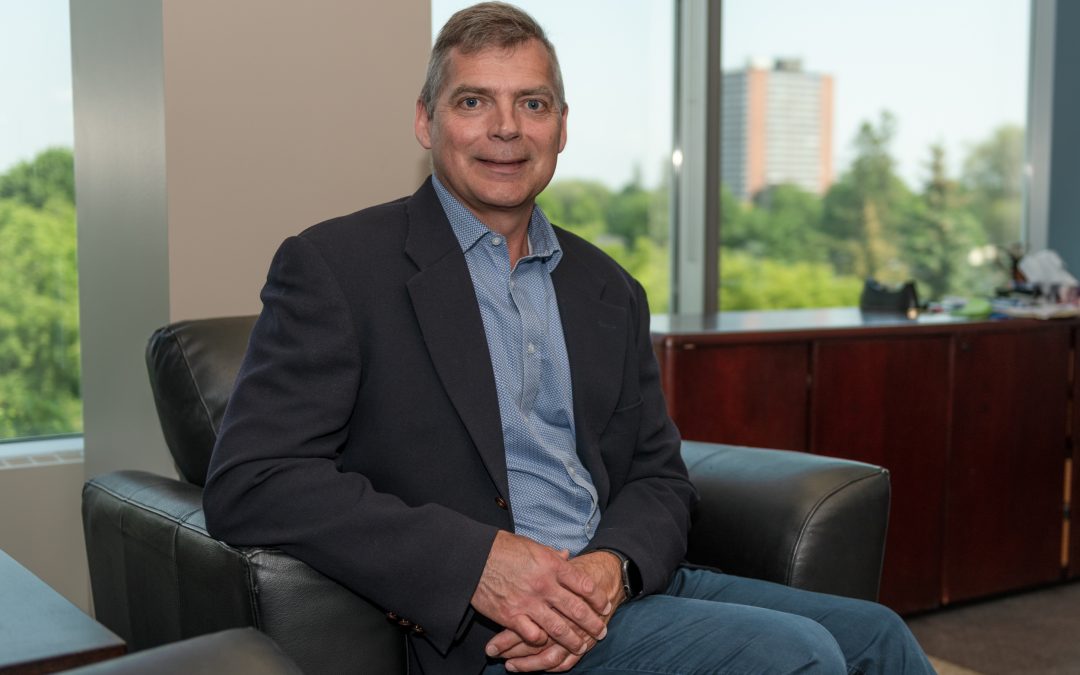02.02.2022
Tim Shearman was elected Deputy President for Automobile Mobility and Tourism in December 2021. For over a decade he has been the President and CEO of the Canadian Automobile Association, which recently passed the 6.7-million member mark. He has also held several leadership positions within FIA, including chair of the FIA University, President of FIA Region III and membership in the Senate and WCAMT. He sat down for an interview recently on why he wanted to be Deputy President, and the priorities he sees for his term.
What motivated you to run?
It was really the message brought by [new President] Mohammed Ben Sulayem, which advocated for an evolution in the way FIA works with its member clubs. That really resonated with me. We need to include the perspective of all member clubs, recognizing they have differing priorities and levels of capacity, and ensure we have a work plan that addresses those areas. The FIA has a great pedigree, lots of in-house expertise, and funds to support good work. It’s a matter of making sure we are in the closest possible alignment with clubs on how to best use our incredible assets, and that all our members feel they are being heard.
What lessons do you think you bring from your experience as CAA CEO that will be relevant to this role?
CAA is itself a federated model – we have eight clubs, each of them operating in different regions of a decentralized country. So I’m familiar with bringing smart people with legitimately different priorities together and finding a way to identify and achieve goals for the common good. We’ve been pretty successful at that, from establishing shared services for data and apps to a national partnerships strategy, or just the fact CAA membership has grown over 20 per cent in a decade. I’ve also spent several years sitting on various FIA bodies so I think I understand the dynamics at play in the organization.
What do you see as the biggest strengths of FIA mobility today?
Two things come immediately to mind - the diversity of the network, and the desire I’ve observed among clubs everywhere to improve the lives of their members, whether that’s through tourism, IDPs, mobility services or road safety. Auto clubs have an inherent strength because we can all try new things independently, then share freely since by and large we don’t compete against each other. I’d also say the FIA team is impressive, which we all saw with the excellent work they did to keep priorities moving during covid, which all the changes and difficulties that brought.
What are a couple of the main things you would like to accomplish as Deputy President?
I think we need to work on the structure of the organization, so that all Clubs can see themselves and their interests reflected in our work, and see the benefit of being actively involved. As an example, road safety priorities may differ between regions, but we can all commit to overarching principles like reducing fatalities and serious injuries. Within that, though, we need to make sure we are addressing these issues in a way that makes sense locally.
We feel that decision-making can be streamlined without harming the diversity of opinions that leads to the best outcomes. We need more transparency and inclusivity, for instance through establishing clearer lines of accountability for the various bodies in the federation. We also need to keep pushing the environmental portfolio, and more broadly acknowledge that modern organizations embrace all of ESG – having policies and practices that embrace environment, social and governance issues.
On a practical level, I’d like to see the success of the FIA University extended to motor sport, by for instance offering sports management accreditation courses.
We also need to reach out more, for example through strengthening the connection between FIA and AIT. It makes sense to work with like-minded organizations on issues of common interest.

